Increasing Construction Activities
The Concrete Surface Retarders Market is experiencing a surge in demand due to the increasing construction activities across various sectors. Urbanization and infrastructure development projects are driving the need for durable and aesthetically pleasing concrete surfaces. According to recent data, the construction sector is projected to grow at a compound annual growth rate of approximately 5% over the next few years. This growth is likely to enhance the demand for concrete surface retarders, which are essential for achieving desired surface finishes. As more construction companies seek to improve the quality and longevity of their projects, the adoption of concrete surface retarders is expected to rise, thereby propelling the market forward.
Rising Demand for Sustainable Solutions
The Concrete Surface Retarders Market is witnessing a notable shift towards sustainable construction practices. As environmental concerns gain prominence, builders and contractors are increasingly opting for eco-friendly materials and solutions. Concrete surface retarders that are formulated with sustainable ingredients are becoming more popular, as they help reduce the carbon footprint of construction projects. Market data indicates that the demand for sustainable construction materials is expected to grow significantly, with a projected increase of around 8% annually. This trend is likely to drive the adoption of concrete surface retarders, as they align with the industry's move towards sustainability and responsible resource management.
Growing Aesthetic Preferences in Construction
The Concrete Surface Retarders Market is influenced by the growing aesthetic preferences of architects and builders. There is an increasing emphasis on the visual appeal of concrete surfaces, which has led to a rise in the use of decorative concrete techniques. Surface retarders play a crucial role in achieving the desired textures and finishes, making them indispensable in modern construction projects. Data indicates that the decorative concrete market is expected to expand at a rate of around 7% annually, which will likely boost the demand for concrete surface retarders. As the industry continues to prioritize aesthetics, the market for these products is poised for growth.
Regulatory Support for Construction Standards
The Concrete Surface Retarders Market is positively impacted by regulatory support aimed at enhancing construction standards. Governments and regulatory bodies are increasingly implementing guidelines that promote the use of high-quality materials and practices in construction. This regulatory environment encourages the adoption of concrete surface retarders, as they contribute to the durability and longevity of concrete structures. Industry expert's suggest that compliance with these regulations could lead to a market growth rate of approximately 5% in the coming years. As construction firms strive to meet these standards, the demand for effective concrete surface retarders is expected to rise, further driving market expansion.
Technological Innovations in Product Development
The Concrete Surface Retarders Market is benefiting from ongoing technological innovations that enhance product performance and application. Manufacturers are investing in research and development to create advanced formulations that offer improved effectiveness and ease of use. Innovations such as bio-based retarders and those with enhanced water resistance are gaining traction. Market analysis suggests that the introduction of these technologically advanced products could lead to a market growth rate of approximately 6% over the next few years. As construction professionals seek to optimize their processes and achieve superior results, the demand for innovative concrete surface retarders is likely to increase.
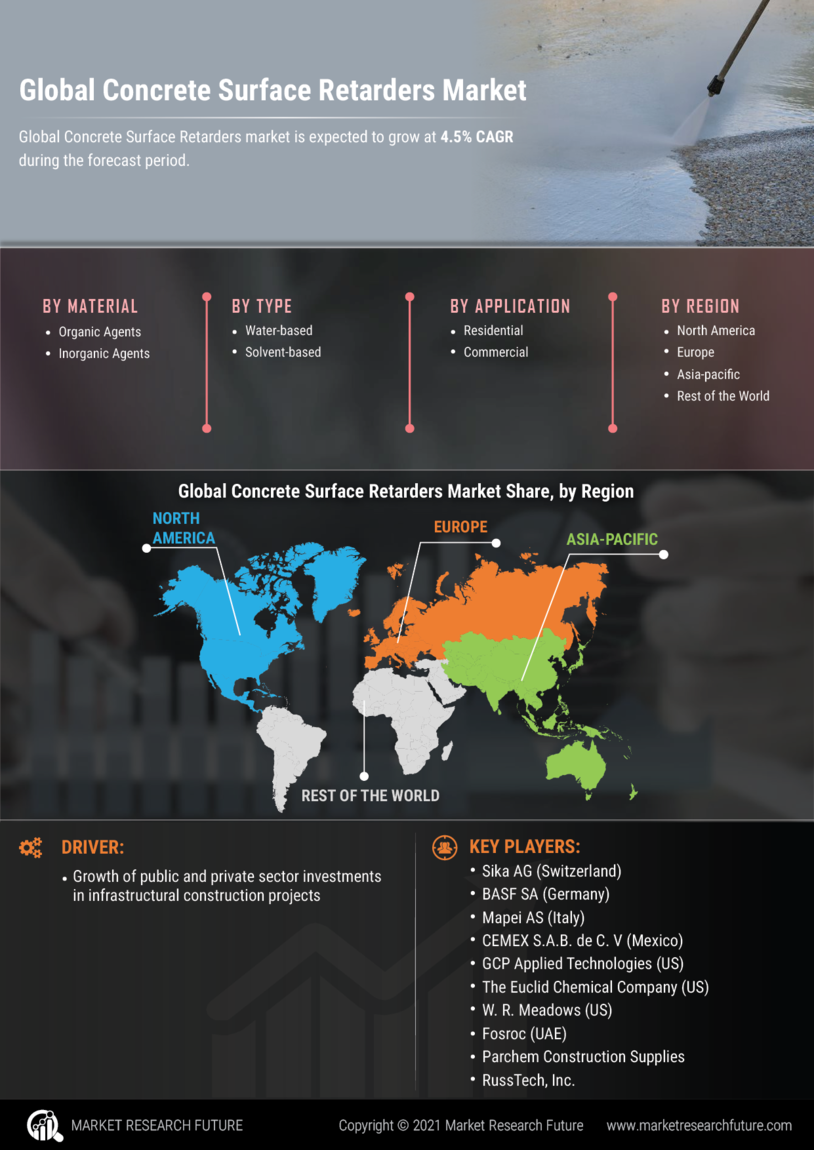

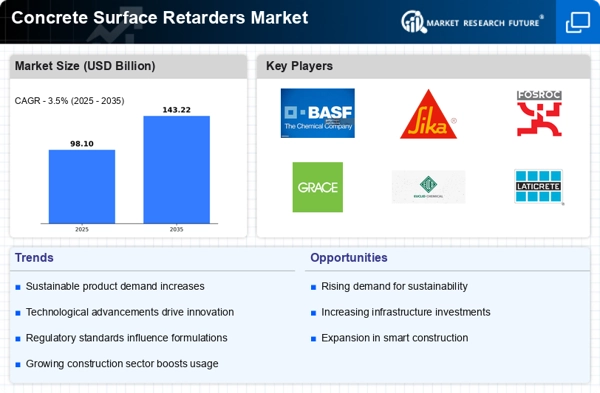
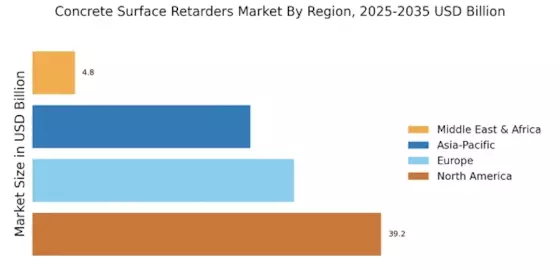

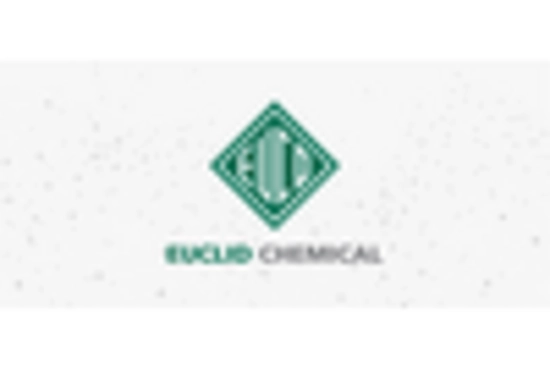
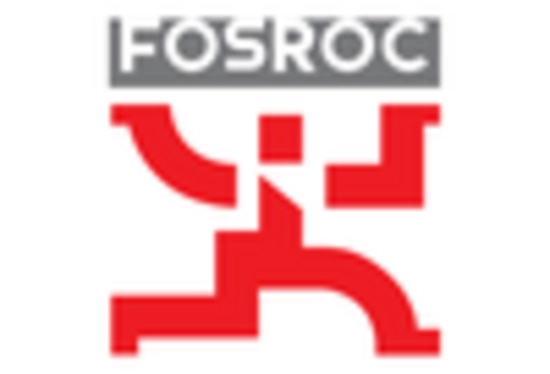
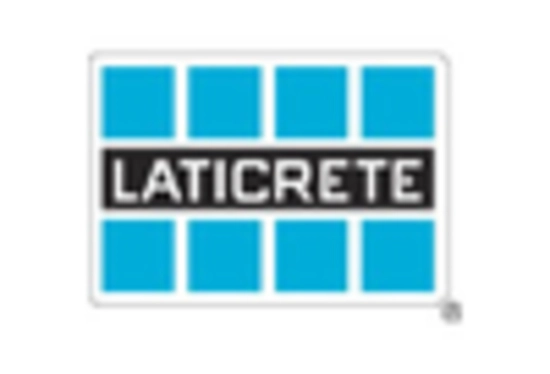

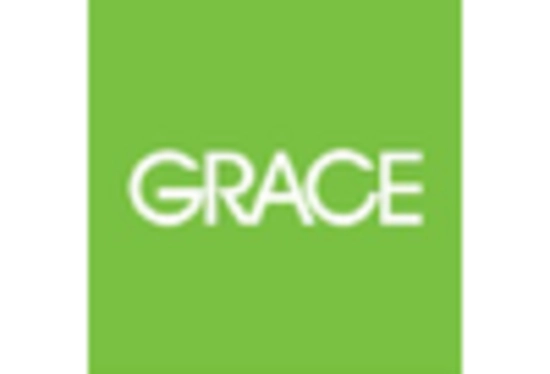








Leave a Comment